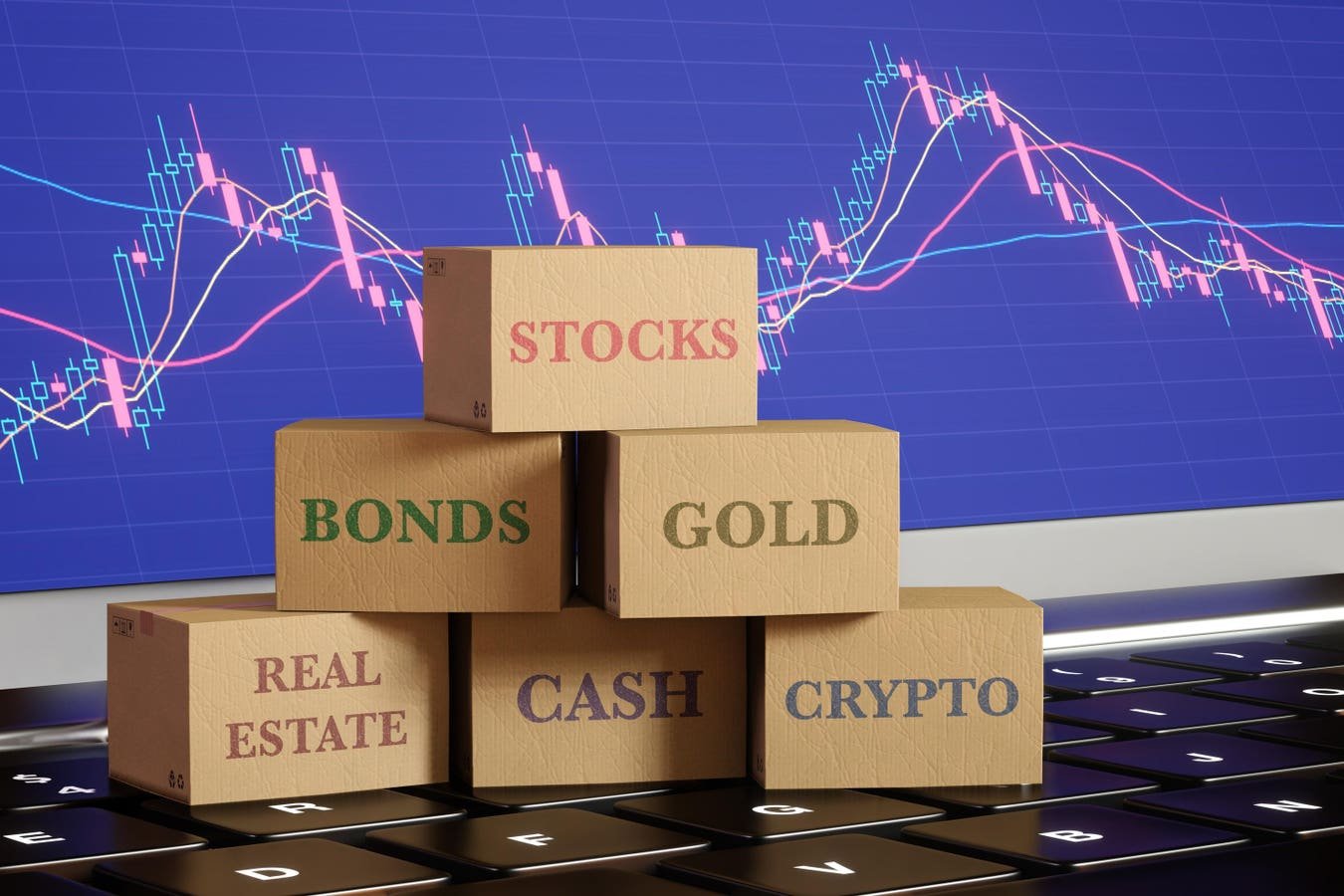Sure, the stock market has been moving. But it’s the action in government bonds, the US dollar, and gold that REALLY stood out this week. Here are some thoughts on what happened – and what it MEANS for investors – from top MoneyShow experts.
What’s it going to take to get a real, LASTING rally in the stock market? Cooperation!
Think back to Wednesday. After President Trump paused most of his tariffs for 90 days, the Dow Jones Industrial Average launched its biggest point rally EVER. The S&P 500 surged the most since 2008. The Nasdaq? It jumped more than 12%, its biggest single-day rise since the Dot-Com Bubble days.
But gold didn’t give back much of its earlier gains. Neither did Treasury yields. Those turned out to be “tells” – signs of stress elsewhere in the market that suggested equities could be vulnerable. And sure enough, stocks gave back a significant chunk (though not all) of their gains Thursday.
You can see the action in today’s MoneyShow Chart of the Day. It shows how E-Mini S&P 500 futures (ES) have been trading over the last few days in blue – along with gold futures (GC) in red, dollar index futures (DX) in blue-green, and long bond futures (ZB) in purple.
ES, GC, DX, ZB Futures (4-day % Change)
While other asset classes DID react to the stock market surge, those reactions weren’t very powerful. Then overnight and into Thursday, bonds resumed selling off along with the dollar, while gold jumped again.
When you have bonds selling off, the dollar selling off, and gold rising, it tells you something. It suggests “Big Money” is abandoning US assets – and repositioning some of the money into one of the longest-term stores of value.
It’s impossible to know if it’s being done as some form of retaliation (China selling US assets as part of the trade fight). It could just be global investors moving their money elsewhere because they don’t like the uncertainty caused by Trump’s erratic policymaking approach.
Whatever the reason, the outcome is the same. Stock market rallies will remain suspect and “squishy” until equities get some cooperation from other asset classes!
Clif Droke Cabot Turnaround Letter
Last week was a nasty one for the market, and while some holdings fared better than others, there was definitely some bloodshed in the portfolio. But I still like Agnico Eagle Mines Ltd. (AEM).
AEM was just downgraded to “Neutral” from “Buy” with a $110 price target at UBS. The bank believes Agnico will continue to deliver against its guidance while generating robust free cash flow and increasing cash returns to shareholders. But it sees “limited near-term volume growth” and believes the company would need to “re-rate further to justify material upside with gold at $3,000 an ounce.”
Agnico Eagle Mines Ltd. (AEM)
The analysts at UBS further said Agnico’s relative valuation looks “stretched” after an outperformance that was driven by industry peers struggling against production guidance, cost inflation, and questionable M&A track records. UBS also noted that at 8.2x its spot enterprise valuation-to-EBITDA, Agnico now trades in line with its five-year average multiple and implies the stock is discounting a more than $3,000 gold price.
I happen to disagree with the firm’s assessment of AEM’s upside being limited. Instead, I see AEM as a continued prime beneficiary of the ongoing secular gold bull market, which is being driven by a number of catalysts — not the least of which is the persistence of global economic uncertainties.
A change in the monetary system presages a commodity bull market. Not only gold, but commodities generally will likely respond positively to what’s underway.
The Fed is changing policy. This shift is already underway. In March, the Federal Reserve decided to reduce the pace of the roll-off from the Fed’s balance sheet. While not changing the reduction in Mortgage Backed Securities (MBS), the Fed slashed the rate of the roll-off in Treasuries from an already-cut $25 billion a month to just $5 billion.
Given a balance sheet of $6.76 trillion ($4.23 trillion of which is in Treasuries), Bill Fleckenstein is right to call this “a rounding error.” The balance sheet remains higher, by more than 60%, from where it stood on the eve of Covid, despite three years of QT.
During his post-meeting press conference, Fed Chairman Jerome Powell was at pains to say repeatedly that nothing should be read into this. It was to do with money markets, he said, or maybe to do with the debt ceiling, but “don’t take any signal from it.”
That is just plain nonsense. This move is clearly to help the long-term Treasury market, which already has few buyers at current rates. Powell himself said the Fed would stop the reduction in Treasury holdings “at some point.” In my view, it is a precursor to a new round of QE from the Fed, likely later this year. It may not be called QE, but that is what it will be.
Whether we see just QE and tariffs or a broader set of policies, depending on whether they are implemented successfully, they would likely lead to more stock market weakness. Not to mention bond market weakness and some dollar weakness.
Commodities All Time Low
Every one of these policies would be gold-positive, if only by increasing uncertainty, both in the near term as well as over the longer term. Gold reacts positively to chaos and uncertainty, to disruption and volatility.
Plus, commodities are as low relative to financial assets as they have been at any time in the last 100 years. They are cheaper even than at three previous points of extreme undervaluation. I must quote Goehring & Rozencwajg: “If gold is the canary in the coal mine, it is singing loudly.”


